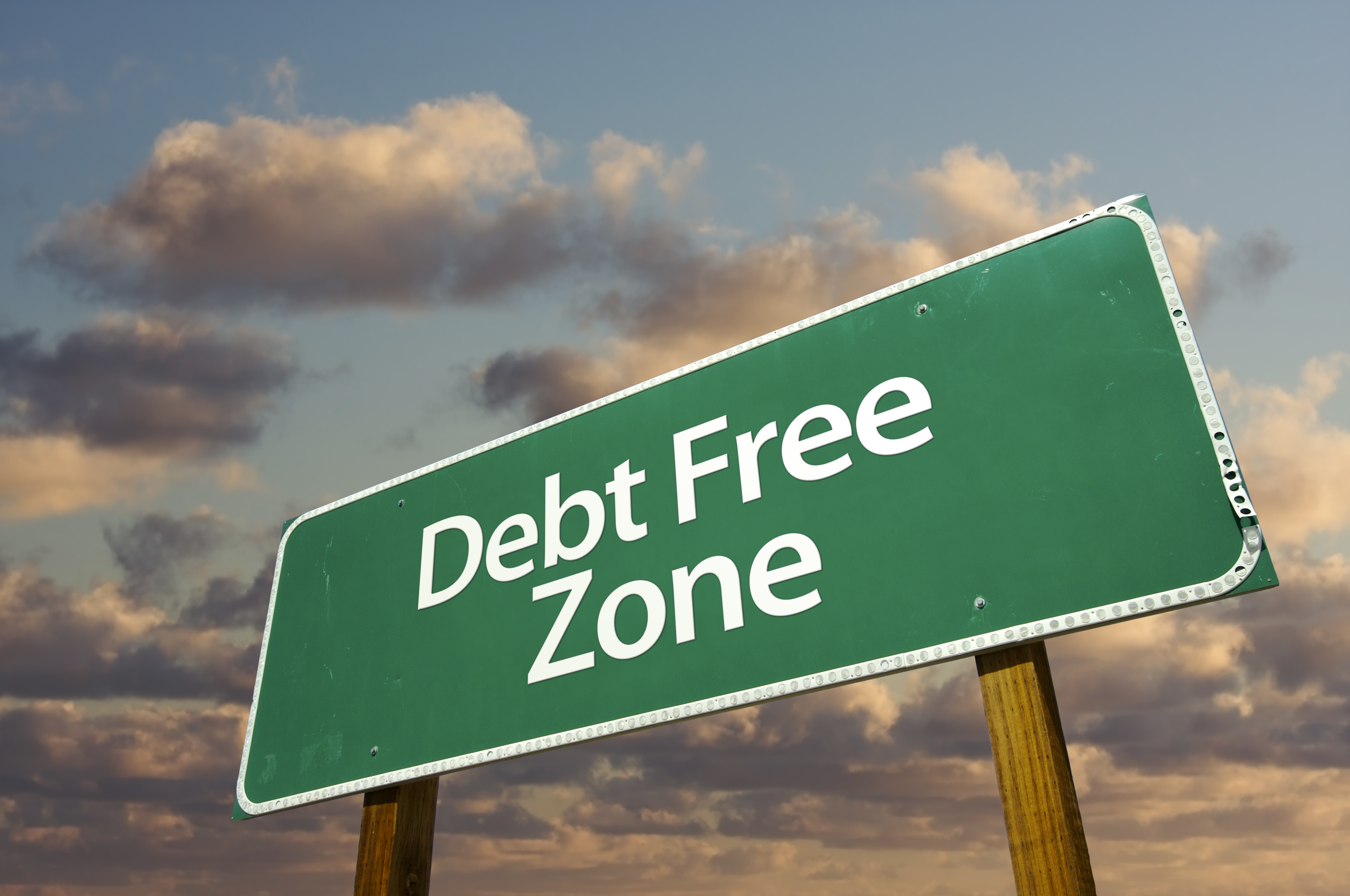Buying your first home. Something every Gen X did at the ripe age of 24 when the economy was booming and optimism was all around. Now, Gen Y may have grown up believing their parent’s pipedream, but have found reality to be a harsh burn. So, we thought we’d take a closer look at Gen Y and the housing market and offer some industry tips on how to save for that elusive house deposit. First, let’s at the inner workings of Generation Y and see why it’s so damn hard to afford a house deposit.
What does Gen Y look like?
Following up the act of Gen X is Generation Y or Millennials (as the cool kids would say). Much like lots of things nowadays, universities and academics argue over the correct outline for the Gen Y timeline. But most institutions have concluded that Millennials are anyone born between the years 1982 to 1996 approximately. The cohort came of age during the 2008 global financial crisis. And braved the advance of the digital age.
Millennials are the longest lasting buzzword to hit the block, but the hype is for all the wrong reasons. Gen Y is the first generation that is projected to be worse off than those that came before. Not a promising start. And unfortunately, the saying rings true when we look at Gen Y and the housing market. Just 1 in 10 Gen Y’s think they’ll be more financially secure than their parents.
Gen Y’s outlook on today’s society reflects the doom and gloom that seems to follow the generation. In a 2017 Deloitte Millennial Survey, the results showed that Gen Y Aussies are damn fed up with how the country is run. Unsurprisingly, financial security and stability are at the forefront of Millennials’ concerns. So, we want to help by breaking down the situation between Gen Y and the housing market.

What do we mean when we say ‘housing market’?
This may sound like a silly question, but there’s no such thing as a stupid question. We want to clarify that entering the battleground of the housing market doesn’t include paying 150 a week rent to your mate’s cousin. No, we’re strictly talking about buying a house. And for Gen Y it seems that prospect may be out of reach.
What’s the most significant barrier to homeownership for Gen Y?
The biggest barrier to homeownership for Gen Y is the ever elusive home deposit. A recent survey looked at Housing Affordability championed by the Bankwest Curtin Economics Centre suggests a few alarming figures about Gen Y and the housing market. Like, Millennials living in unaffordable housing made significant sacrifices to meet housing costs. 55% of participants said high housing costs lead to mental health issues.
And the gap between reality and expectation is immense when it comes to a home deposit.
There is a significant deficit between the money Millennials have in their bank accounts and the money they need for a home deposit. The gap is currently sitting at $50,000. Out of the miraculous Millennials that have made it into home ownership, 38% had support from their parents or grandparents.
Enlisting assistance for home purchase is becoming more and more potent. And to add salt to the wound, these alarming stats have dubbed Gen Y “Generation Rent.”
Bad blood
So, when it comes to the housing market, what’s all the fuss about? Is it indeed true that Gen Y has a rocky relationship with the marketplace? Well, it seems in the years between 1982 and 2011 the young adult (25 to 34 years) homeownership rate has dropped from 56% to 34%. These rates have hit Gen Y hard, and many have vocalised their concern over achieving homeownership. Now, there is a split between Millenials who are choosing to jump on the property ladder for lifestyle choices and those who cannot.
You may be thinking, “what’s caused this bad blood between the housing market and Gen Y?” Well, there are several factors at play that may be halting Millennials’ ability to afford a home loan. And no, it’s not out of pure laziness or spending too much of smashed avocado.
Youth unemployment
. In the eyes of some members of older generations, Millennials demand the best from work and simultaneously expect the smooth ride to the top. However, taking a look at the stats, this is far from the truth. It’s not that the youth of today are unemployed, it’s that the very nature of employment has shifted. According to an Australian Bureau of Statistics (ABS) report, 39.3% of young people are employed casually. The casualisation of the job market leads to a loss in sick leave, annual leave and fundamental worker rights. Not to mention a lack of stability in the workforce.
Overeducation also contributes to an increase in casual employment. With the job market flooded with endless degrees, the gap between higher education and entering the workforce has tripled to 2.7 years.

The pipe dream.
Somewhere down the road, owning a house twisted from an essential for providing shelter to a pipe dream. Many researchers blame the shift of buying housing for investment rather than necessity – a trend set in place by Baby Boomers and Gen X. The investment trend has somewhat shattered the housing pipe dream for Millennials who are looking to jump onto the property ladder.
Daniel Mookhey, a Labor member of NSW Upper House, discusses how investment housing hurts Gen Y’s chance at homeownership. “I think the first thing we need to do as a country is reset our tax laws around property investment, so investors are not privileged over homeowners as they currently are.”
Eternal kids.
Gen Y may be labelled as the lazy kids; however, the truth is far more complex. The issue lies in the nature of the problem. Gen Y hasn’t been given the opportunity to grow up. With a lack of opportunity to buy or even rent in the housing market, Millennials are starved by lack of growth. And with little chance to strike out on their own, most Millenials take up the challenge by working multiple jobs or merely cultivating a comfy nest at their parent’s home.
Wage growth.
The next culprit accountable for the bad blood about Gen Y and the housing market is a lack of wage growth. In the last 10 years, we have seen median house prices grow to 14 times the average income, and it’s not slowing down. With Gen Y spending less than any other preceding generation on food, drink and recreation, you can understand why they have a rocky relationship with the housing market.
What’s next?
Now, things may seem all doom and gloom, but there are still ways for millennials to break into the housing market. The key is thinking outside of the box, and tapping into ideas that the previous generations haven’t thought of. So, let’s step away from all the bad news and look at how Milianiels can jump onto the property ladder!
Sharing is caring
. You may think sharing is only for renting, but consider home collective when you want to gain headway in the housing market. So, get together with a few of your most trusted companions and co-finance a mortgage! Of course, such commitment requires trust between all the partners, so make sure you choose carefully. If you decide to embark on co-homing, look for a house that is suited to having 3 or 4 individual occupants, such as a few bathrooms and a spacious kitchen.
Think Tiny!
Tiny houses are hitting the global market. With an increase in population, smaller living has become increasingly popular. However, just because your home is tiny, doesn’t mean you exchange affordability for comfort. If you design your very own smart home with the necessities vital to you, then it’s your very own cubby house! Not to mention tiny houses are also super kind to the environment. Tiny houses waste less power and have little to no carbon footprint. Not convinced? Read all about the success story of Brisbane locals Lara Noble and Andrew Carter.

Stay ahead.
In times of uncertainty, you can never be too prepared. So, if you’re looking to strike into the housing market tomorrow or in the next five years, keep a keen eye on all that exciting housing market news. Whether you’re looking at the Sydney housing market or Melbourne housing market, or simply the Australian housing market in general, it’s important to stay alert. You never know when lightning will strike. So, enlist the help of your tech wizardry and get to work monitoring the housing market for your future self.
Save, save and save.
It may seem old-fashioned, and for some it’s impossible, but where you can, don’t forget to save and save! Now, we know it’s more tempting to head out for dinner with the crew, rather than stay at home, but saving doesn’t mean giving up on all life’s pleasures. Simply find cheaper alternatives. So, instead of paying for someone else to cook you and your friends’ food, have a community dinner at home! The next step is to set up a savings plan. Figure out how much you can save without depriving yourself of joy, and stick to it!
And most importantly…
With the housing market crisis in full swing, perhaps it’s time to ask yourself if you actually want to buy a house? Despite the pessimism that surrounds Gen Y, they also have plenty of opportunities that were closed for other generations. For instance, accessible global travel. So, before we pressure Gen Y into owning a home they can’t afford, see what else is out there!
We’d love to hear from you
If you’re a Millenial either looking to buy a home or deciding to skip the housing market altogether, we’d love to hear your story. Comment on Facebook, or send us an email at hello@35.201.15.107!
Let’s stay in touch
Heard of the recent penalty rates cut? Read all about on last month’s blog.
Speaking of change, if you’re ever in a financial bind, you know where to turn to. We can FIND you a loan that’s right for you. If you’re on the hunt for small loans or short-term loans, we can help you out. So, think about applying today with We Find Loans.
Want more of We Find Loans? Well, you’re in luck you can follow our Facebook, Instagram and Twitter for all the industry updates, plus, hilarious memes of course! To keep up to the date with an in-depth look at all things personal finance and lifestyle, follow our blog.


















